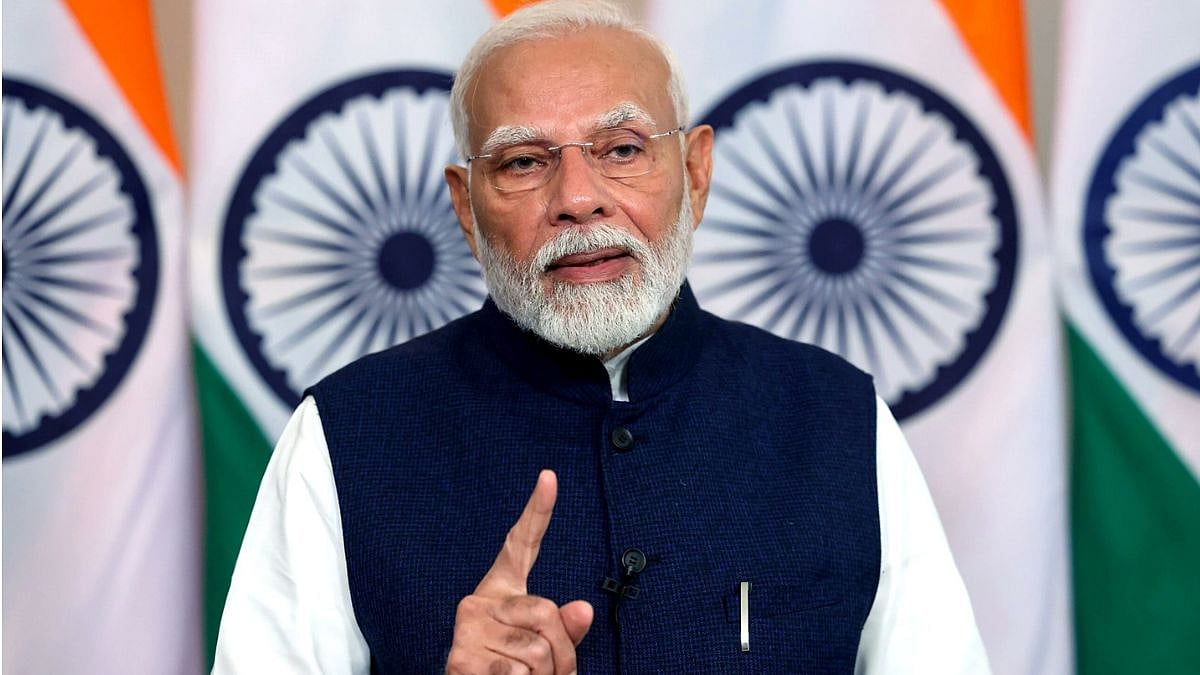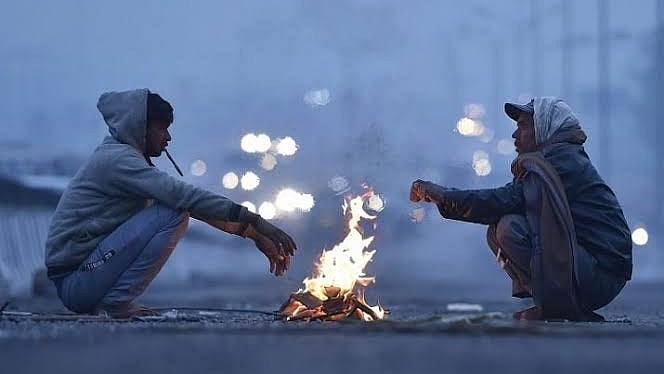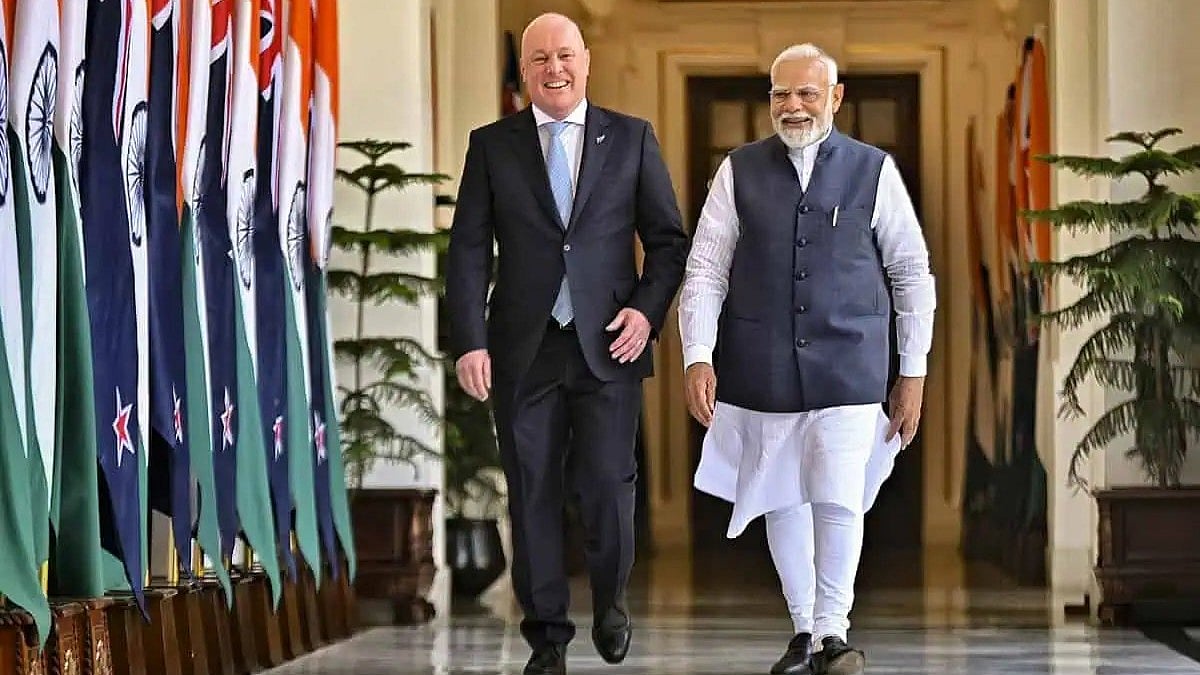It will be ten long years in a few months to the rape case that shook India to its core. The “Nirbhaya” case brought out forces, political and social, which cashed in on people’s outrage. Nearly a decade later, there are no indications that sexual violence against women has abated. In fact, if recent events bear witness to the larger story, then there is ample scope to aver that not only has the situation for India’s women remained largely unchanged through the last decade but that sexual violence has now been weaponised and normalised in the larger pursuit of creating a majoritarian India.
Two instances call our attention in the week that India commemorated her 75th year of independence from the British. On the very day that the Prime Minister spoke of “nari shakti” from the Red Fort, the Gujarat government signed off on a remission order to release 11 convicts who had gang-raped Bilkis Bano and killed more than a dozen of her family members including her baby daughter during the Gujarat riots in 2002. The men walked free the very next day – to garlands, sweets and aarti by their families as well as organisations such as the Vishwa Hindu Parishad. There is enough and more cause for outrage, even a mass uprising.
The second incident seems less shocking but it is not. The Kozhikode sessions court in Kerala observed that Section 354 A of the Indian Penal Code (IPC) would not, prima facie, stand if a woman accuser was wearing a “sexually provocative dress” while granting bail to 74-year-old social and anti-caste activist in a sexual harassment case. Reports are that the Kerala government plans to appeal against this. There should be pressure, social and political, that it walks the talk. The Bhanwari Devi rape and assault case, 30 years ago this September, which led to laws against sexual harassment, has become a memory but her plight is unfortunately relived by thousands of women in India even today.
In both the cases, the message is clear: Women are responsible for sexual violence, and men convicted of gang-rape and murder can walk scot-free in the ‘New India’ being built. The men feted for committing heinous rape during a politically-charged communal conflagration are not ordinary criminals; they had performed the highest duty in seeking revenge against the targeted community, in this case Muslims. An MLA even spoke of them as Brahmins with sanskar.
Rape, feminists have long argued, is the end point of sexual violence that begins with molestation or sexual harassment such as the one the Kozhikode court dealt with. Every such court order and every such public celebration of rapists makes it seem normal, like an everyday affair, taking the sting out of the crime. This normalised sense then make it easier to use sexual violence as a political weapon.
The ideological pater of the men of power, VD Savarkar, had written about how tribes had a long practice of capturing enemy women alive. In his “Six Glorious Epochs of Indian History,” the man for whom India’s highest civilian honour Bharat Ratna is strongly advocated, wrote that Muslim women “whether Begum or beggar” did not protest against the atrocities committed by their male compatriots; on the contrary they encouraged them to do so and enticed Hindu girls “…locking them up in their own houses and conveyed them to Muslim centres in masjids and mosques” which is why he argued that Hindu men who did not seek revenge “had a perverted idea of women-chivalry”.
Savarkar then wondered “…(If) the Hindus also, whenever they were victors on the battlefields, had decided to pay the Muslim fair sex in the same coin or punished them in some other ways, i.e., by conversion even with force, and then absorbed them in their fold, then?” He was most definitely arguing for Hindu men to use rape as a political tool. In the pantheon of the greats of Hindutva, Savarkar’s word is revered and followed. No wonder then that Yogi Adityanath, before he was Uttar Pradesh chief minister, had spoken of converting 100 Muslim girls for “every one Hindu they take” and his Hindu Yuva Vahini members had publicly discussed exhuming and raping dead Muslim women.
In the last decade, there have been cases of rape and sexual harassment that hit the headlines – Kathua, Unnao, Hathras and more. In fact, contrary to public perception, during the pandemic-related lockdown when people were forced to stay indoors saw an alarming rise in rape and sexual assault cases. The increase in sexual violence is an old story that refuses to end; if anything, the past decade saw an increase in the reporting of cases across the country though a staggeringly large number, almost 90 per cent, go unreported according to an analysis of the National Family Health Survey data. What should set our alarm bells ringing is the new disgusting level of normalisation and weaponisation of sexual violence in the country. The “New India” or majoritarian nation cannot be built on the bodies of women, all women but especially Muslim women.









